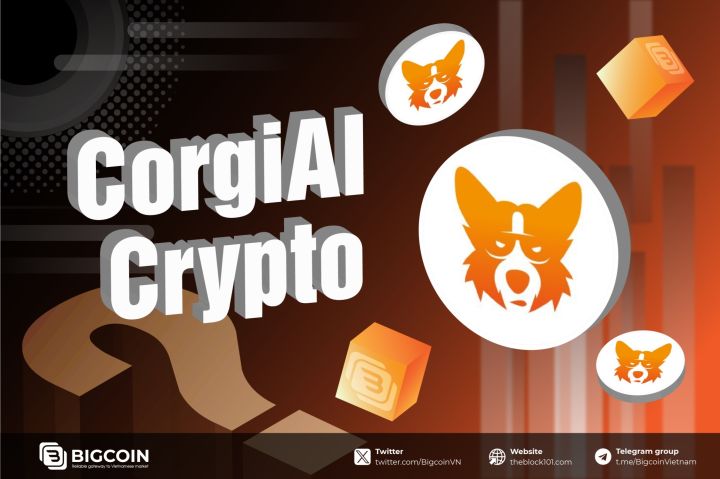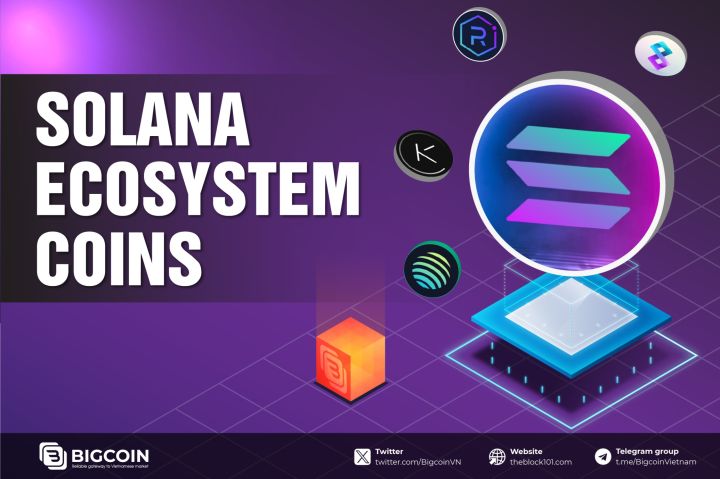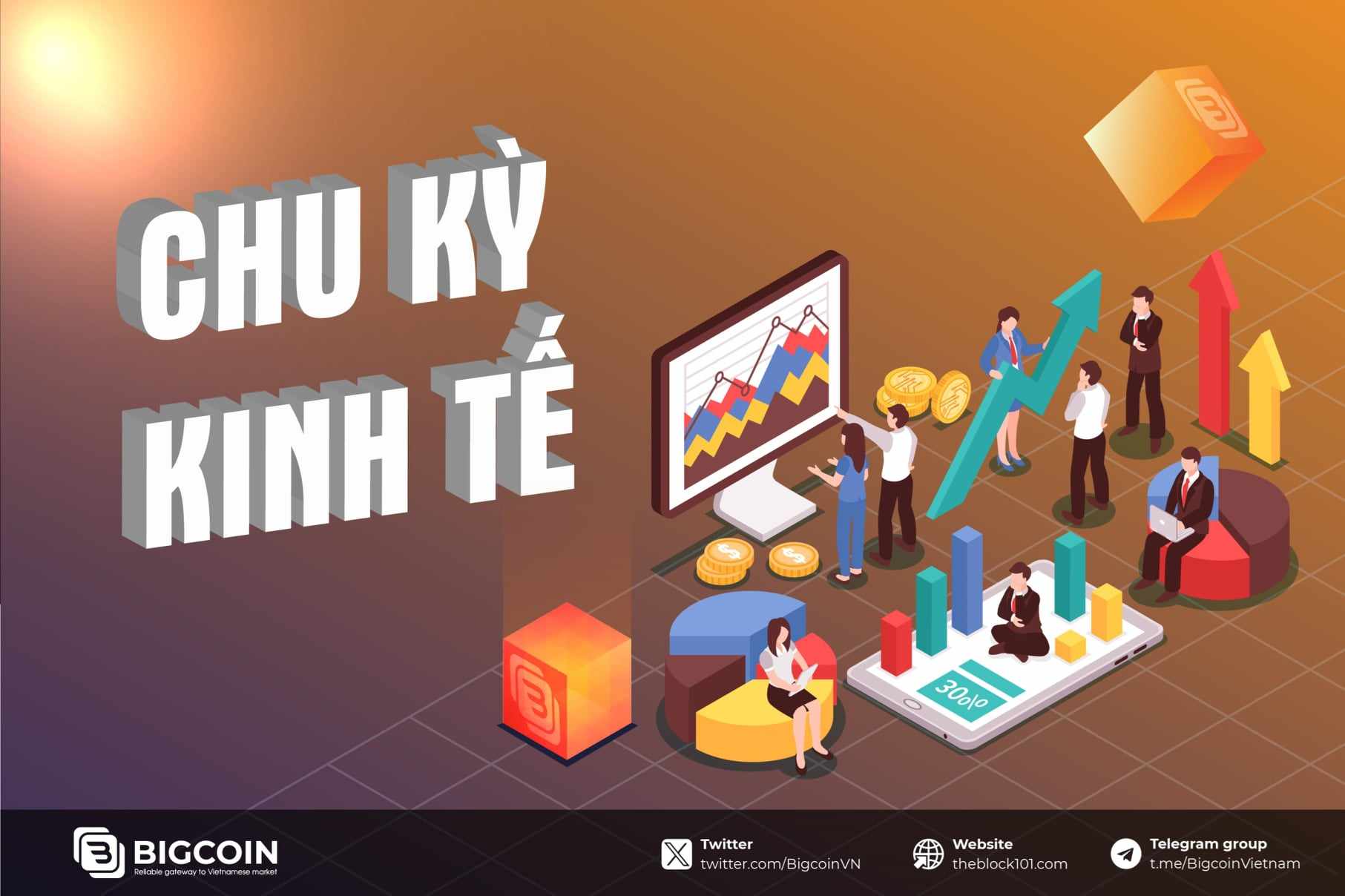
1. What is the economic cycle?
An economic cycle, also known as a business cycle, refers to the recurrent fluctuations in the level of economic activity over time.
These fluctuations involve alternating periods of expansion and contraction. While the specific events within each cycle may vary, the overall pattern is consistent. Economic cycles are typically measured by a country's Gross Domestic Product (GDP) and consist of four distinct phases: recession, recovery, peak, and trough.
A cycle commences with a recession, characterized by two consecutive quarters of declining GDP. Following this is a period of recovery leading to an economic peak. Subsequently, the economy enters a downturn, marking the beginning of a new cycle. This cyclical pattern reflects the dynamic nature of economic activity.
2. The Driving Forces Behind Economic Cycles
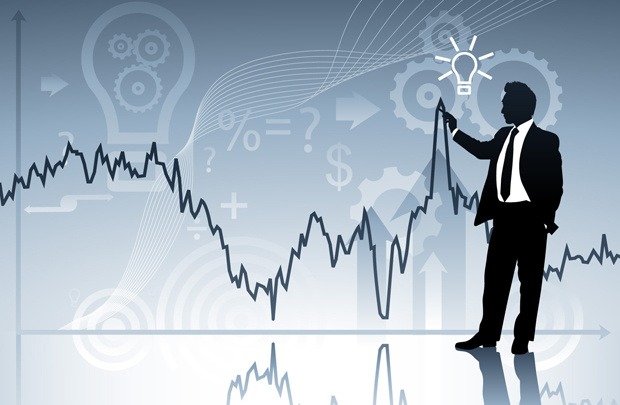
Economic cycles are a natural phenomenon that shape the ebb and flow of economies worldwide. Numerous factors contribute to these fluctuations, creating a complex interplay of forces that drive economic growth and contraction. Let's delve into some of the key drivers of economic cycles.
Natural Economic Factors
- Climate and Natural Disasters: Fluctuations in weather patterns and natural disasters can significantly impact agricultural production and overall economic output. For instance, droughts, floods, or hurricanes can disrupt supply chains and lead to economic downturns.
Government Policies
- Fiscal Policy: Government spending and taxation policies play a crucial role in influencing economic activity. Expansionary fiscal policies, such as increased government spending or tax cuts, can stimulate economic growth, while contractionary policies can slow it down.
- Monetary Policy: Central banks influence economic activity through monetary policy tools like interest rates. Lower interest rates can encourage borrowing and investment, while higher rates can slow down economic growth.
Consumer and Business Behavior
- Consumer Sentiment: Consumer confidence plays a significant role in driving economic growth. When consumers are optimistic about the future, they tend to spend more, which boosts economic activity. Conversely, pessimism can lead to reduced spending and economic contraction.
- Business Investment: Business investment is a key driver of economic growth. Factors such as interest rates, expected returns, and government regulations influence businesses' decisions to invest.
Financial Markets
- Asset Prices: Fluctuations in asset prices, such as stocks and bonds, can have a ripple effect on the broader economy. For example, a stock market crash can reduce consumer wealth and confidence, leading to a decline in spending.
- Global Financial Conditions: Events in global financial markets, such as financial crises or changes in exchange rates, can have significant impacts on domestic economies.
Technological Advancements
- Innovation: Technological advancements can create new industries and drive economic growth. However, periods of rapid technological change can also lead to disruptions and job losses.
Self-Correcting Mechanisms
- Market Forces: Market forces, such as supply and demand, play a crucial role in driving economic cycles. When there is an imbalance between supply and demand, prices adjust to restore equilibrium.
Economic cycles are the result of a complex interplay of various factors. Understanding these drivers can help investors make more informed decisions and navigate the challenges and opportunities presented by economic fluctuations.
3. The Four Phases of the Economic Cycle
.png)
Economic cycles are a natural phenomenon that shape the ebb and flow of economies worldwide. These cycles typically consist of four distinct phases, each with its unique characteristics and implications for investors and policymakers.
3.1. Recession
A recession is a period of economic decline characterized by falling GDP, rising unemployment, and reduced consumer spending. Businesses become cautious, cutting back on production and investment. Consumer confidence wanes, leading to a decrease in demand for goods and services. This phase is often marked by increased pessimism and uncertainty.
3.2. Recovery
Following a recession, the economy typically enters a recovery phase. Economic activity begins to pick up, with GDP growth gradually accelerating. Unemployment rates decline as businesses start hiring again. Consumer confidence improves, leading to increased spending. Government policies, such as fiscal stimulus or monetary easing, often play a role in facilitating the recovery.
3.3. Peak
The peak of the economic cycle represents the highest point of economic activity. Economic growth is strong, unemployment is low, and consumer and business confidence are high. Inflation may also be a concern during this phase as demand for goods and services outpaces supply.
3.4. Contraction
After reaching its peak, the economy enters a contraction phase. Economic growth slows down, and eventually, a recession may occur. Unemployment rises, and businesses reduce production. Consumer spending declines as households become more cautious about their finances. This phase is often characterized by falling asset prices and increased volatility in financial markets.
Understanding these phases is crucial for investors, policymakers, and businesses. By recognizing the current phase of the economic cycle, individuals can make more informed decisions about their investments, spending, and savings. For example, during a recession, it may be prudent to invest in defensive assets, while during a recovery phase, cyclical stocks may offer attractive opportunities.
4. The Interplay Between Economic Cycles and Crypto Markets
4.1. The Perils of Investing Without Understanding Market Cycles
Ignoring the cyclical nature of cryptocurrency markets can lead to significant financial losses. Without a grasp of market cycles, investors may:
- Miss out on opportunities: By failing to identify market bottoms and tops, investors risk missing out on substantial profits.
- Make impulsive decisions: Emotional reactions to market fluctuations can lead to poor investment choices, such as buying at market peaks or selling at bottoms.
- Experience increased stress: The constant uncertainty of the crypto market can be emotionally taxing for investors who lack a clear understanding of market cycles.
4.2. The Emotional Rollercoaster of Crypto Investing
.png)
The journey of a crypto investor is often marked by a rollercoaster of emotions. As market conditions fluctuate, investors experience a range of feelings, including:
- Euphoria: During bull markets, investors often feel a sense of euphoria, believing that prices will continue to rise indefinitely. This can lead to overconfidence and risky investment decisions.
- Fear: When markets decline, fear can set in, prompting investors to sell their assets at a loss. This fear-driven behavior can exacerbate market downturns.
- Hope: As markets recover, investors may feel a renewed sense of hope, leading them to believe that the best is yet to come.
- Despair: If markets continue to decline for an extended period, investors may experience despair and lose faith in the market.
Understanding these emotional cycles is crucial for investors to make rational decisions and avoid being swayed by their emotions.
4.3. Lessons Learned from Market Cycles
The cryptocurrency market is characterized by extreme volatility, and investors can learn valuable lessons from experiencing these cycles:
- Emotional detachment: Successful investors are able to separate their emotions from their investment decisions.
- Long-term perspective: It's important to focus on the long-term rather than trying to time the market.
- Risk management: Diversification and stop-loss orders can help mitigate risk.
- Continuous learning: Staying updated on market trends and economic indicators is essential for making informed investment decisions.'
By understanding the cyclical nature of the crypto market and managing their emotions effectively, investors can increase their chances of long-term success.
5. Conclusion
In conclusion, understanding economic cycles is paramount to navigating the dynamic and volatile cryptocurrency market. By recognizing the distinct phases of an economic cycle - recession, recovery, peak, and trough - investors can anticipate market trends and make more informed investment decisions.
Readmore:

 English
English Tiếng Việt
Tiếng Việt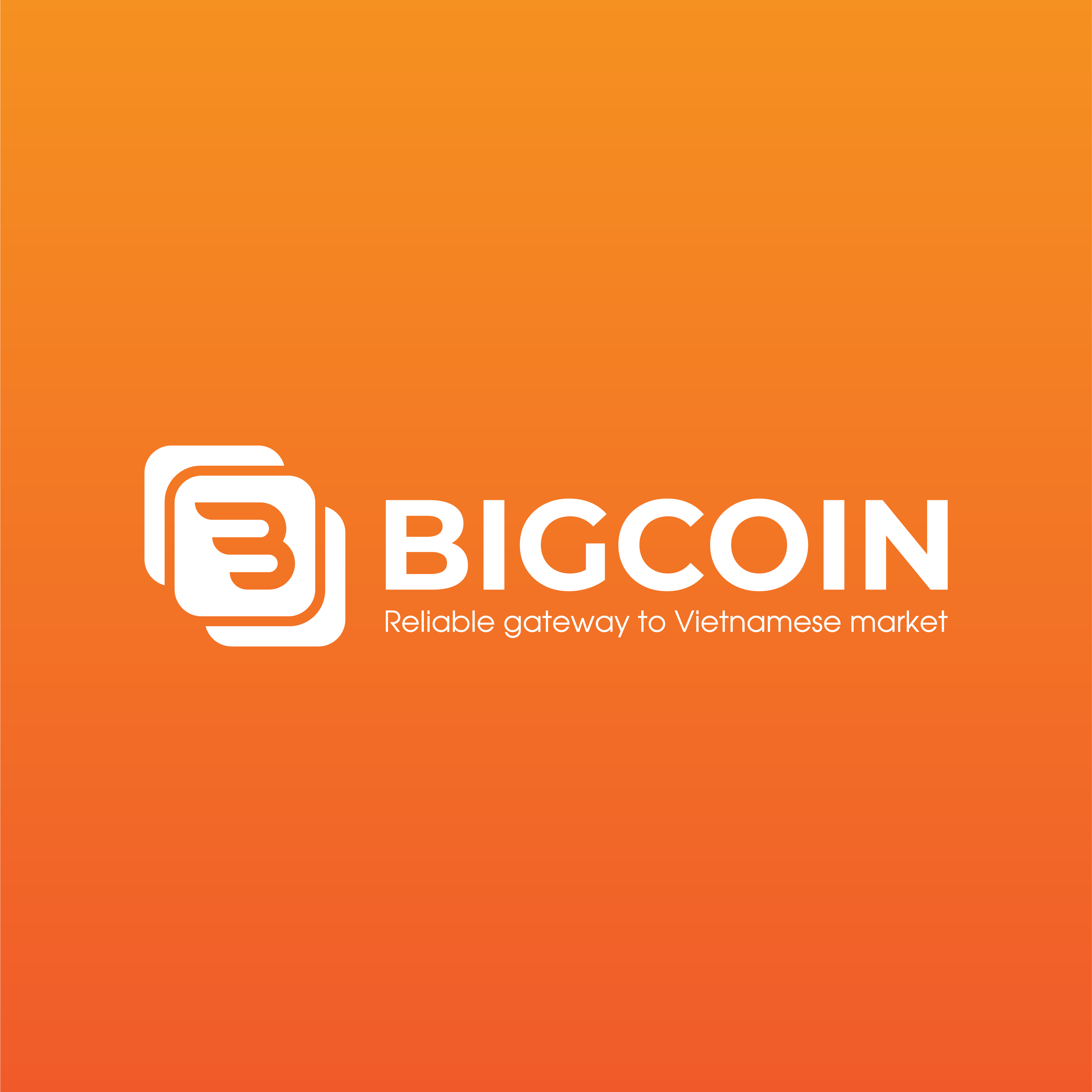
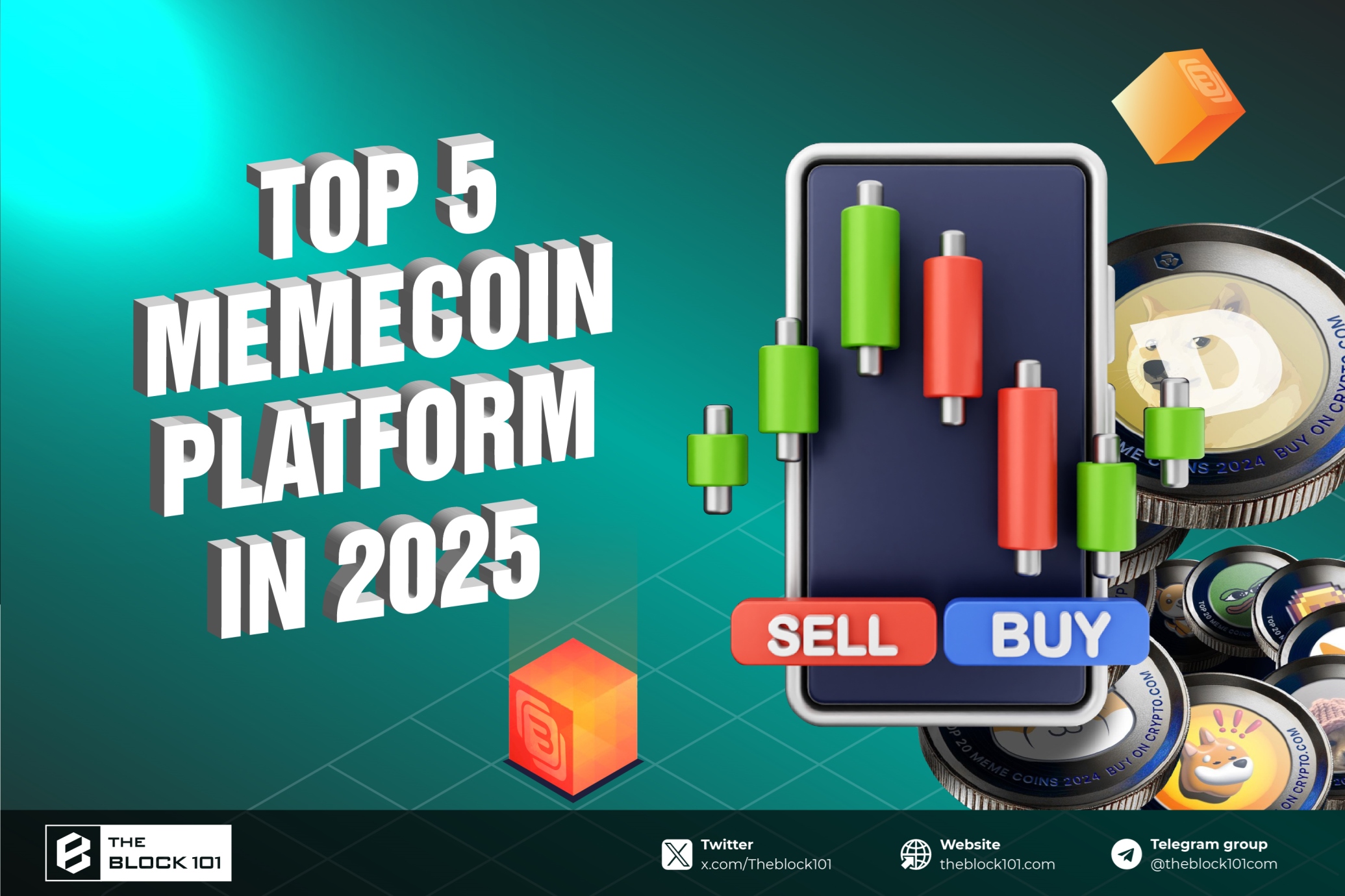

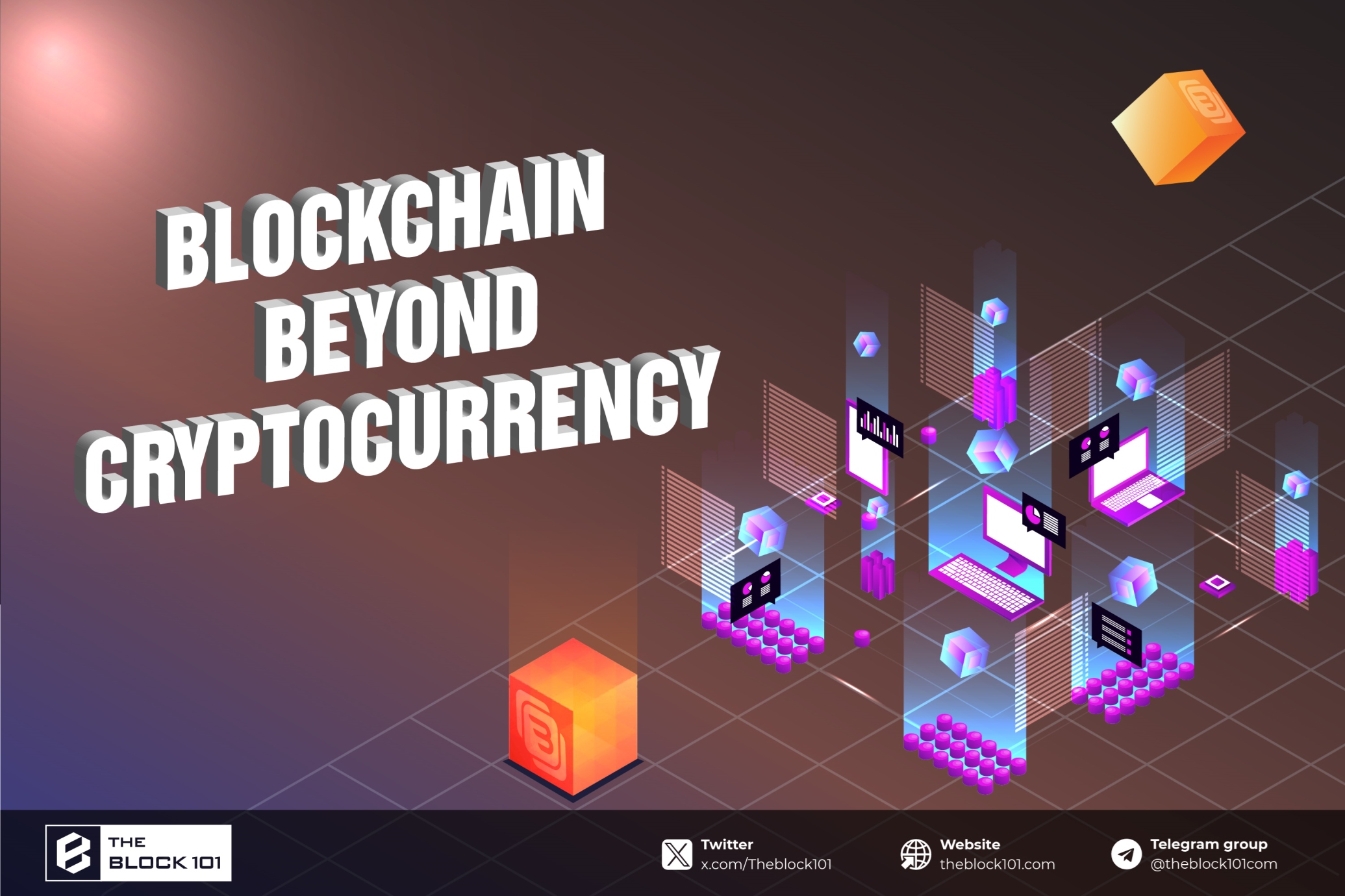
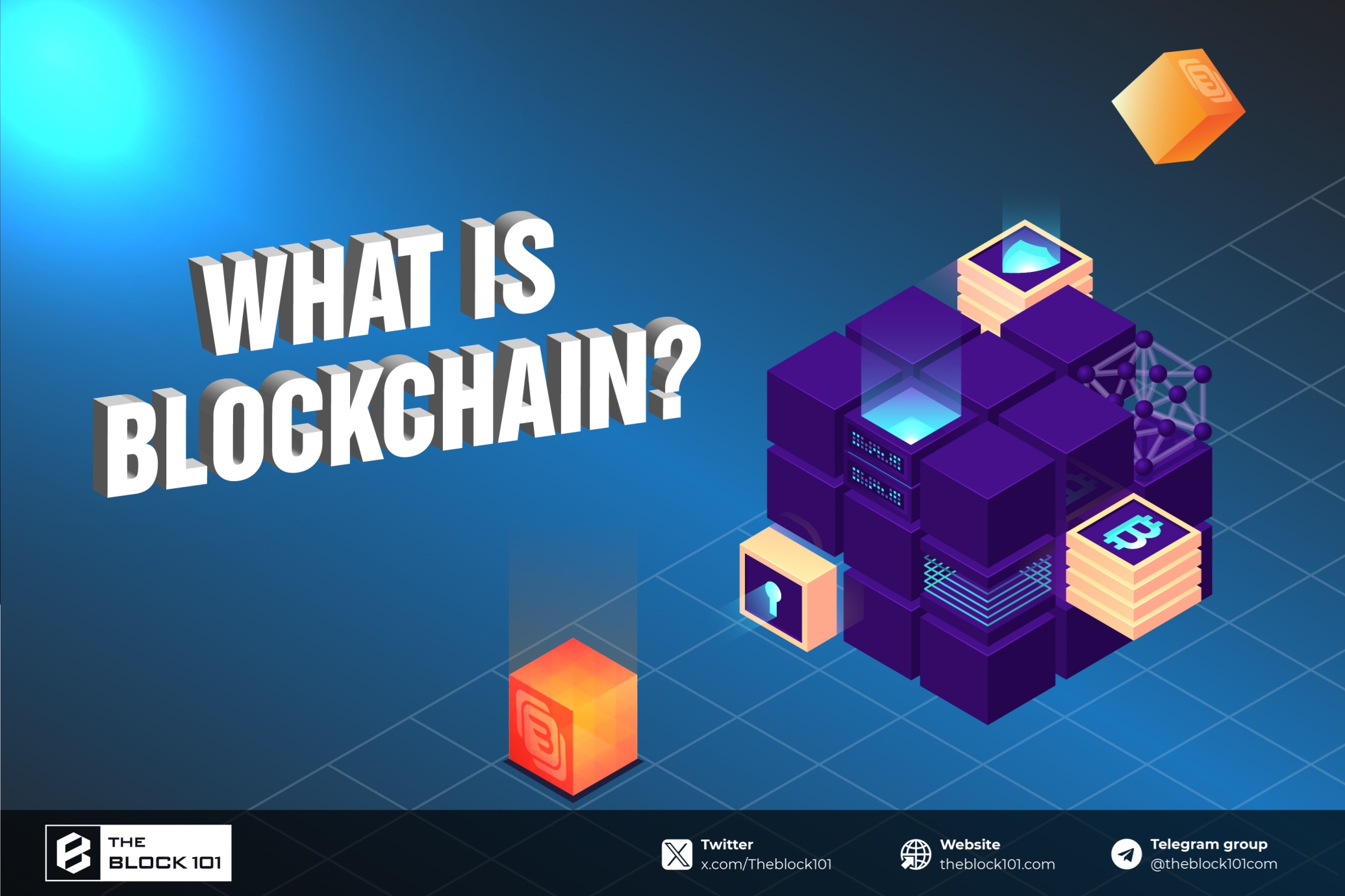
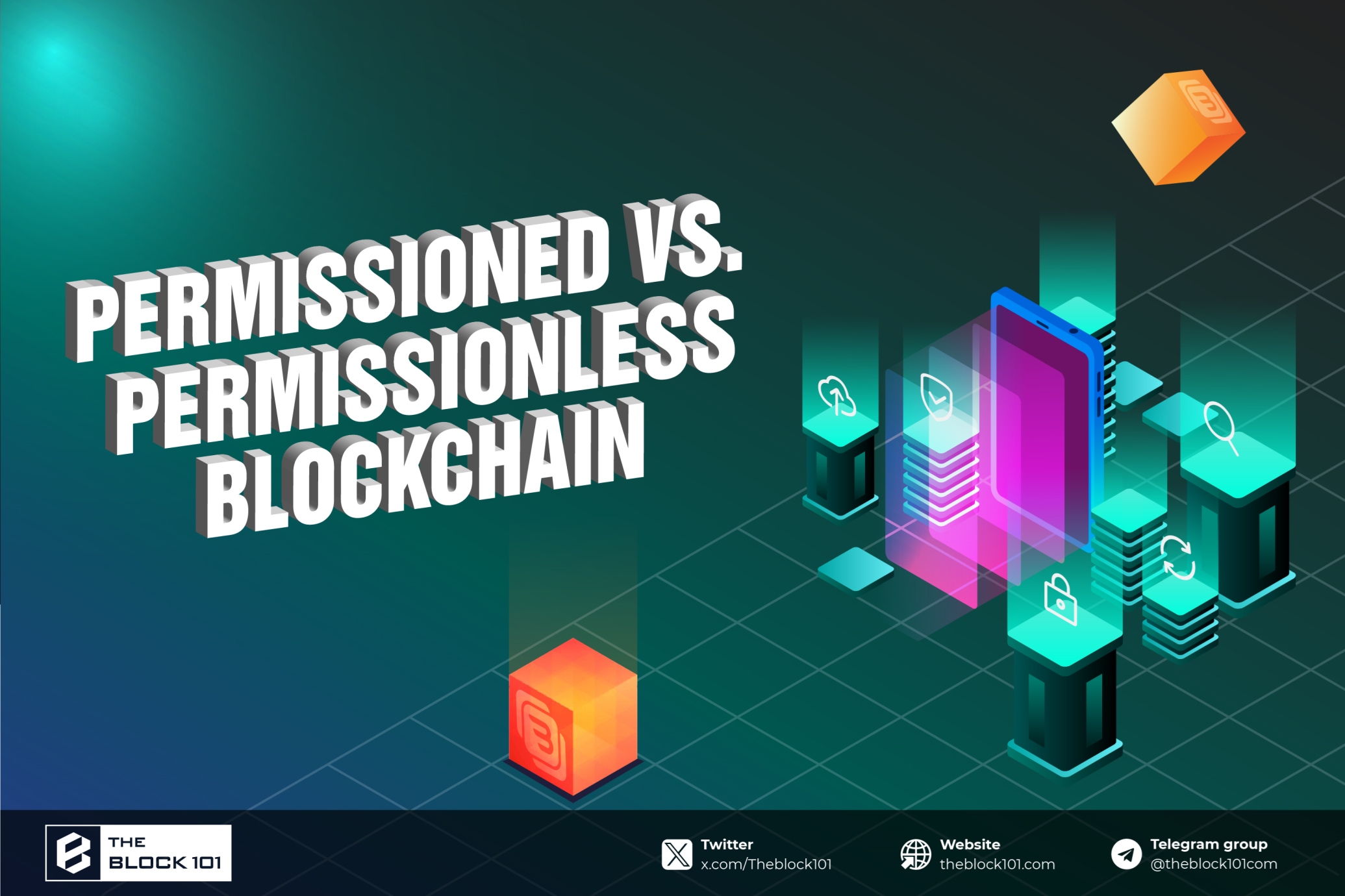






.jpg)


